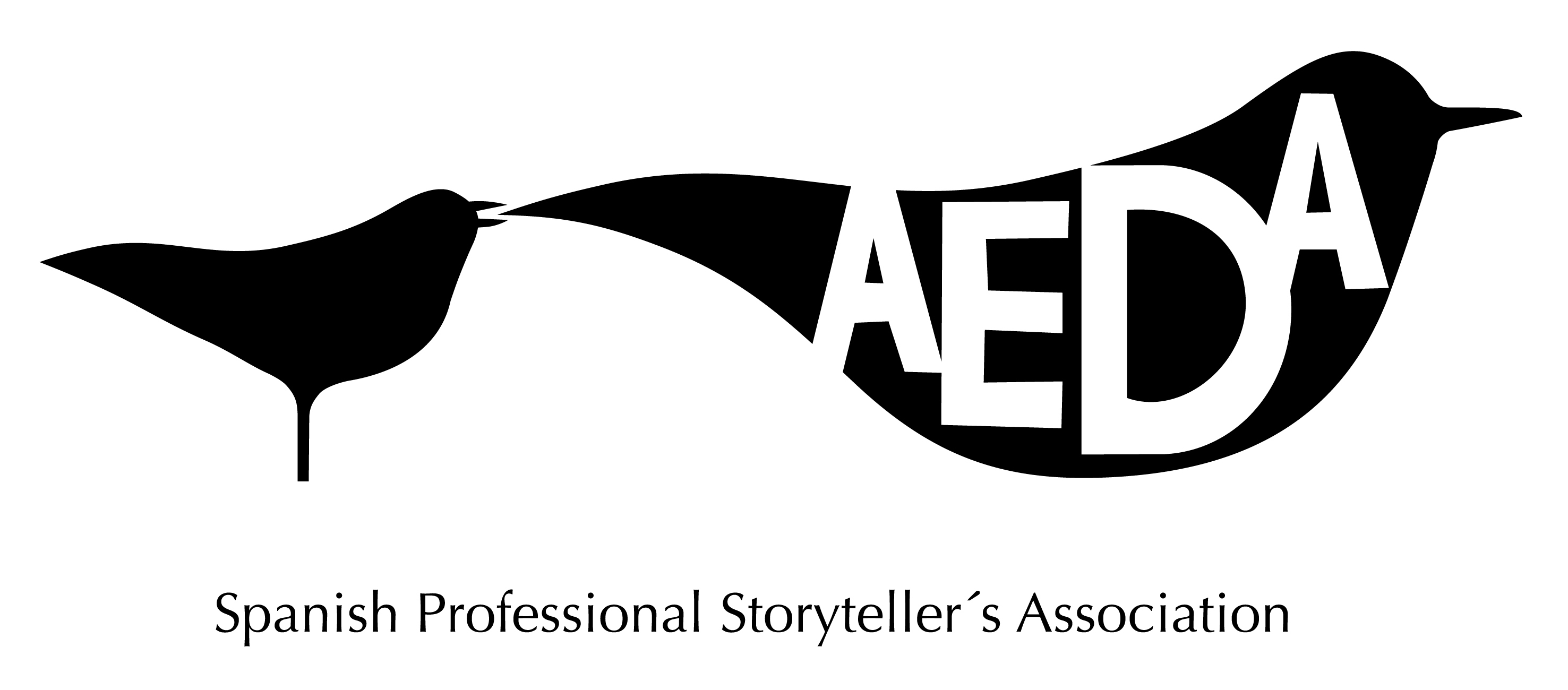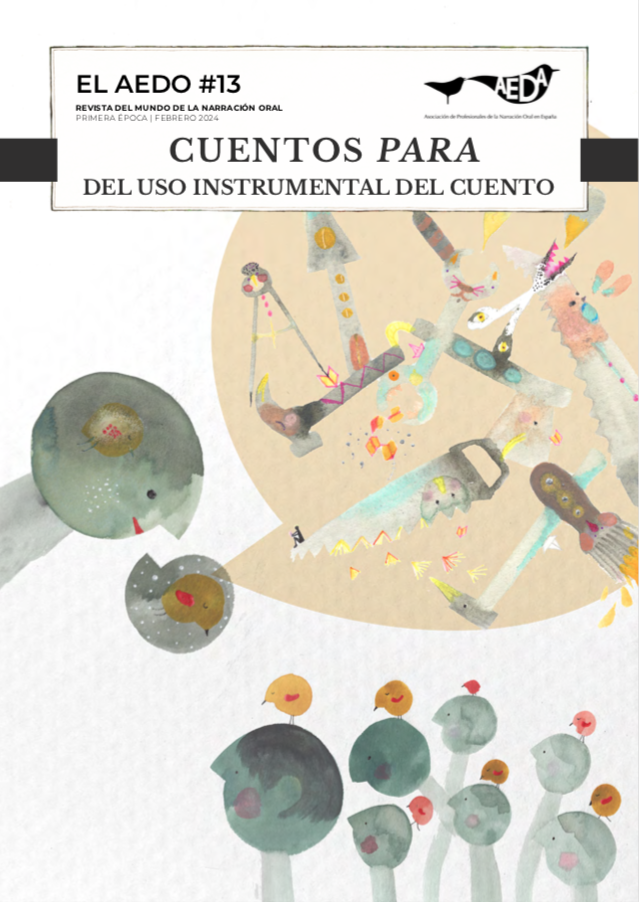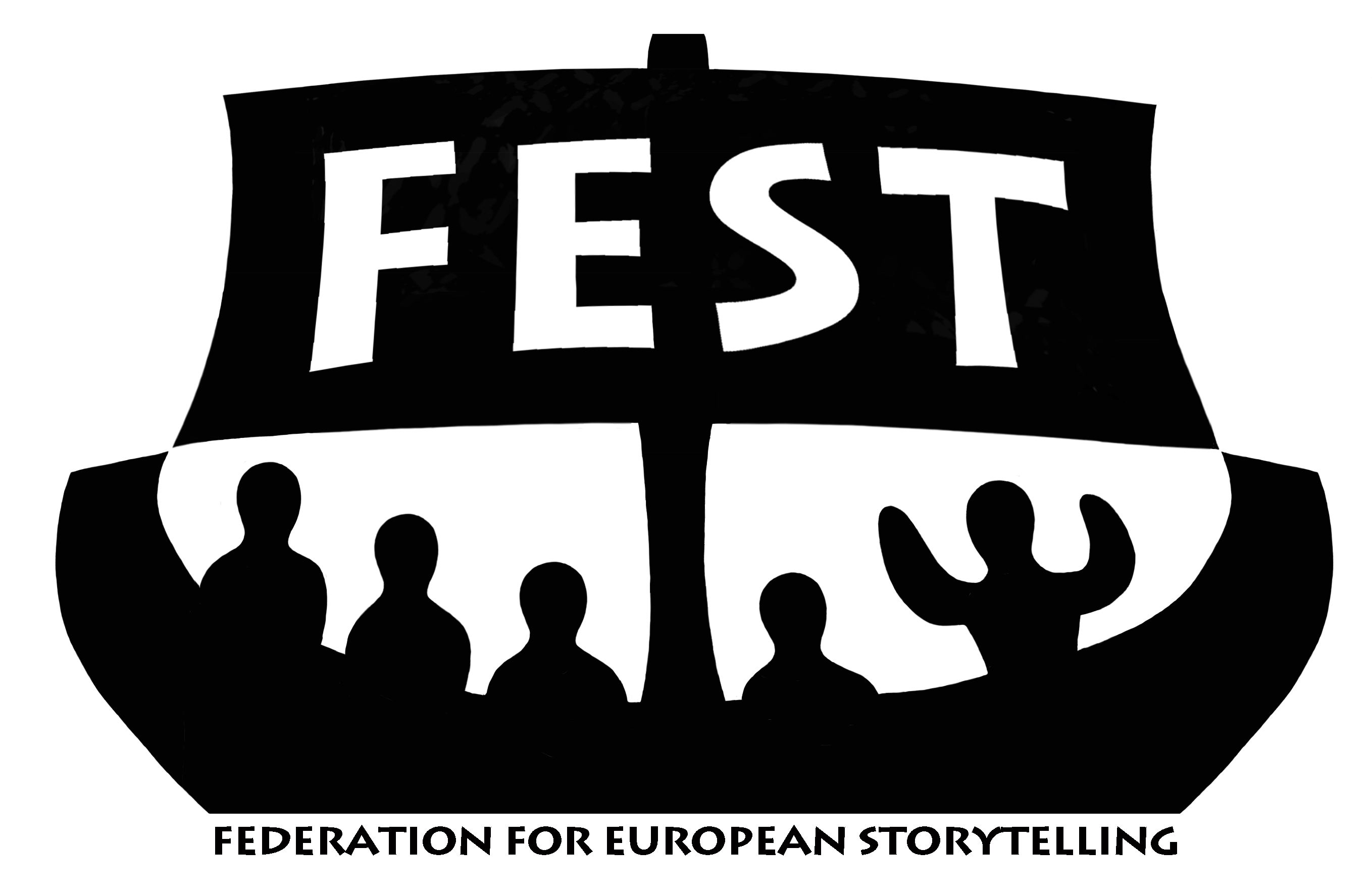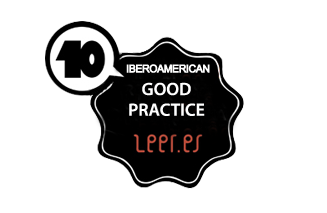I have been telling stories every week in a school in the mountains near Madrid for several years. But one Monday, I noticed that something was different as soon as I walked through the door. The children were moving in silence with serious faces and the teachers were whispering in the corridors. Soon I became part of the secret that everyone already knew: the father of one of the girls from the 5th grade and died the day before in unpleasant circumstances.
And I was just about to tell stories to this girl’s class! The pupils came in looking confused and I could see from their faces they were withholding their emotions. I decided to keep to my plan and tell then a Finnish story about a magic pine cone with magical powers that could multiply everything by one thousand. At the end of the story, I told them how sad I felt about what had happened and about my desire to send this girl love and strength to overcome this difficult moment in her life path. I also hoped that the magic pinecone could multiple the effect even more.
Then there was a space for sharing where all the emotions were welcome and where the boys and girls could cry if they wished. Several children started crying, relieved at having a safe space where they wouldn’t be judged and where they could speak and express (or not) their sadness, anger or whatever they were feeling. We finished with a little ritual, where each child with their magic pinecone, could send love, strength, positive energy or whatever was needed to the family and friends affected. I believe that this little ritual was very important for them in that moment.
It was then that I truly understood the importance of stories as a resource to talk about losses and death as a natural and essential process. Stories are the oldest educational tools that exist and in the beginning of time, around the ancestral fire, they served as a guide in daily life to speak about the mysteries and enigmas of life. Today carefully chosen stories can shed light on this theme which is so taboo in our modern society, especially in the schools, where children are learning about the basic elements of life.
I often have teachers approach me in my training courses, asking me for advice on how to deal with this theme in the classroom and I decided to do a little research into how they deal with it in other cultures. I felt inspired by an interesting experience of dealing with grief in Japan (which you can see at https://www.youtube.com/watch?v=1tLB1lU-H0M). The teacher, Toshiro Kanamori, offers a space to students where they can share their inner experience.
I decided to follow Toshiro Kanamori example and I told the African story of “The Cow Tail Switch”. In this tale, the father goes out to hunt and doesn’t come back. Shortly after don’t mention him anymore. When baby brother is born a few months after he wants to meet his father, so they go to look for him and they find his bones. The brothers manage to reconstruct their father and breathe life into him. As a gesture of gratitude, the father makes a little sculpture for his youngest son and says “While someone is remembered by a single person he is never truly dead”.
The students had fun doing their own theatrical version of this story and afterwards there was time for sharing. Any child who wanted could pick up the little African sculpture I had taken along and name a person or an animal that was no longer in their life. All the children shared a significant loss. It was such an intimate moment and there was so much connection at a personal and group level that since then death has been an important part of my repertoire.
I often choose my stories depending on the moment of the year. At Halloween, it seems to be acceptable to talk about things that are normally prohibited and it is easy to introduce stories about death at this moment, and even encourage one class to tell a scary story to another.
In the darkest months of the year I prefer to tell stories about death and are lighter like “Tía Miseria” and the Hungarian tale ‘Death comes to visit’. I also like telling some of these stories using Chinese shadows: Light in the darkness.
Springtime is perfect to tell stories about the circle of life, where life springs up from death and there is growth. It’s a moment for transformation where caterpillars change into butterflies and where there is light and hope.
My favourite story is ‘Jack and Death’. I tell my personalized version where it was my rabbit, Muffin, who was very ill. At the end of the story I am the one who released death from the bottle so that Muffin could die in peace and death tells me “that death is not the enemy of life, life and death are two sides of the same coin and without death there is no life”.
It would be wonderful if more stories about the theme of death could be told in schools to help break the taboo. Children could reflect on death from a safe distance and perhaps have an opportunity to express and share their feelings. I believe that this could help all the educational community become aware of the fact, that death is not the enemy of life, as without death there is no life.









